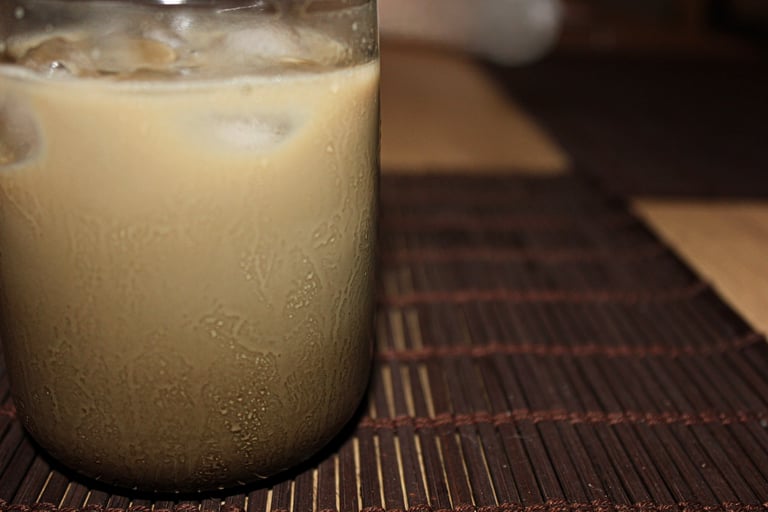What is Hojicha?
Explore the world of hojicha, Japan’s roasted green tea known for its low caffeine content and rich smoky flavor. Learn about the differences between hojicha and matcha, and discover various types of green tea in this comprehensive guide.
7/29/202510 min read
What Is Hojicha?
Types Of Hojicha.
How Is Hojicha Produced?
Why Is Tea Roasted?
What Is The Difference Between Hojicha And Matcha?
Green Tea's Place In China And Japan.
How Did Hojicha Reach Japan?
How Did Hojicha Come About?
How Does It Taste?
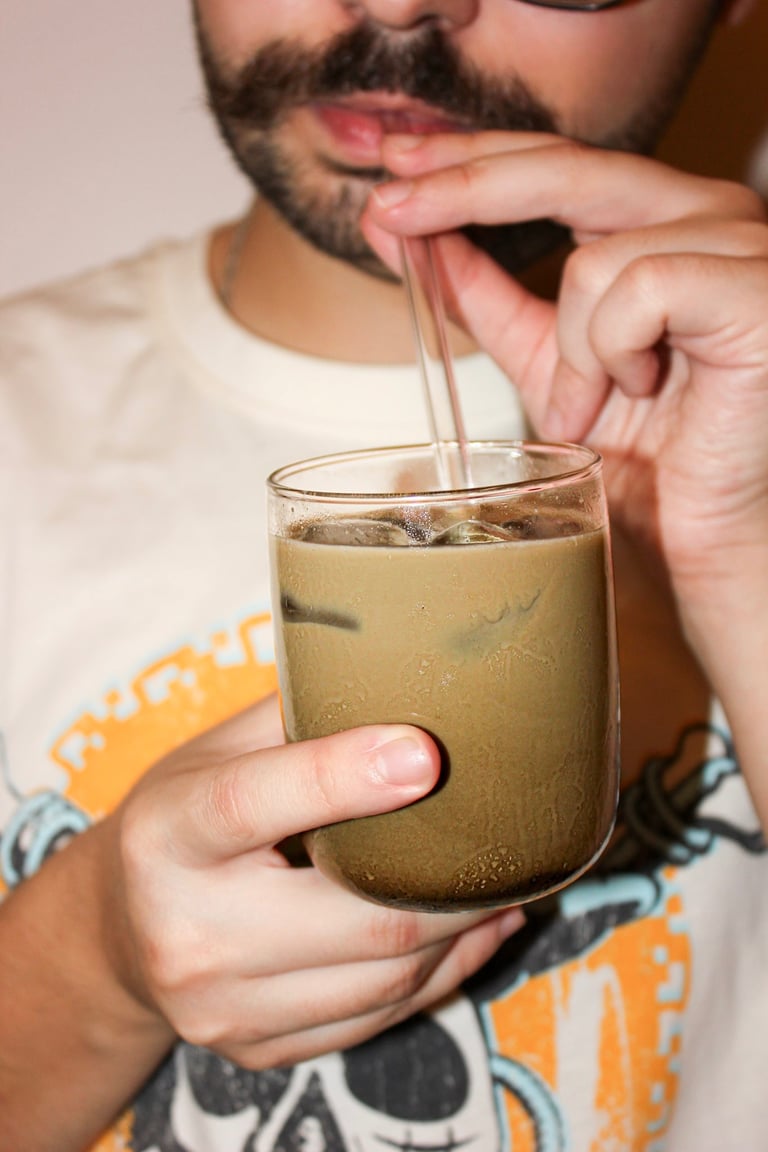

Have you ever heart about Hojicha?
Maybe yes maybe no.. but I believe that you know Matcha. Lets start with the basic description.
The diversity of herbal teas in Japan and China never ceases to amaze me. When I researched green tea, I realized how many different varieties there are. Today, we'll explore Hojicha Tea, one of these varieties.
Green Tea, so beloved and consumed throughout Asia, has many different varieties. It's not just limited to Asia. It's spread worldwide and its popular versions, varieties and ceremonies have spread worldwide. All around the world, many different brands that sell Japanese teas have emerged. Big companies like Starbucks have also been influenced by this popularity and started selling them. Green tea, which originally came from China and later spread to Japan, has since expanded across the globe along with its varieties. Take Matcha, for example. It’s probably being sold in almost every café you walk into nowadays.
So what is this Hojicha? Is it also a type of green tea? Is it good for you? Does it have any side effects? How is it made? How is it consumed?
It’s definitely not as popular as Matcha, of course — but it still has quite a few devoted fans.
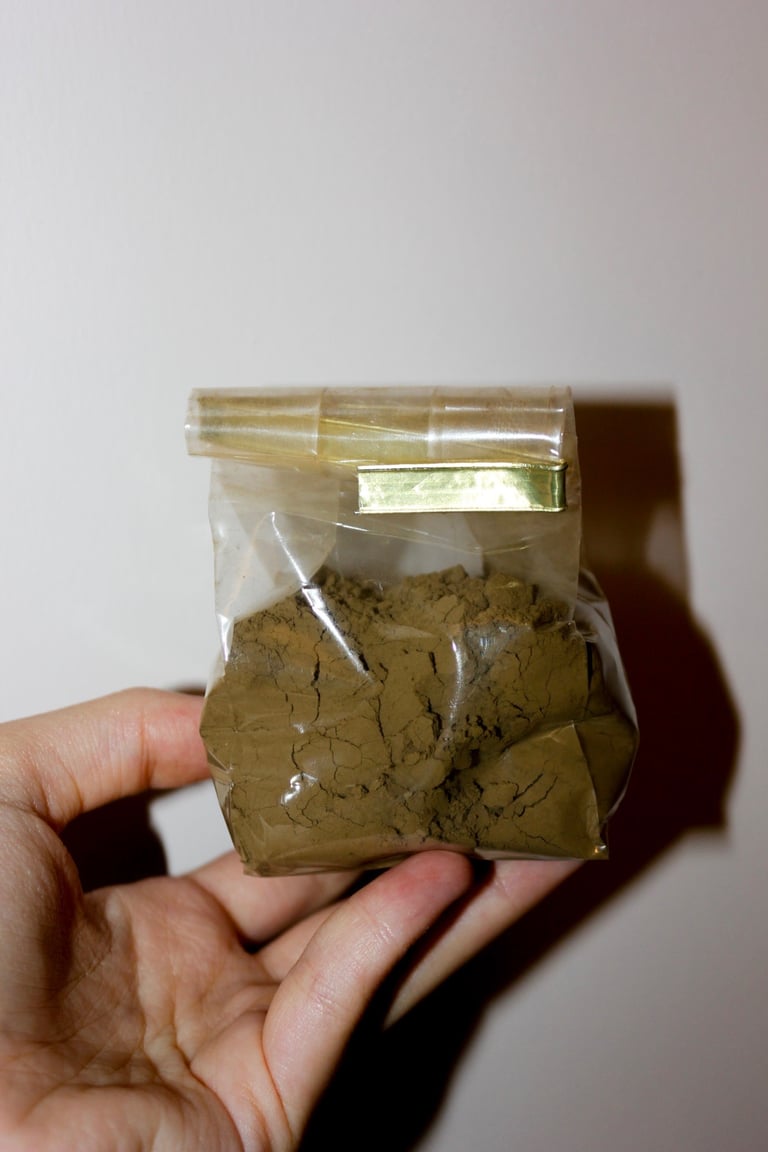

Hojicha is a Japanese green tea. Okey but Matcha is also a green tea and a green tea is also a green tea. So what is the difference?
Hojicha is a roasted green tea. So what happen when you roast green tea?
You can think of it very simply — like wine. When you change the methods, the timing, in other words, the process during production, the type of wine changes. Its taste changes.
It’s the same with tea — when the process changes, everything changes.
I’d like to explain this using a great chart I found in an article.
What is Hojicha?
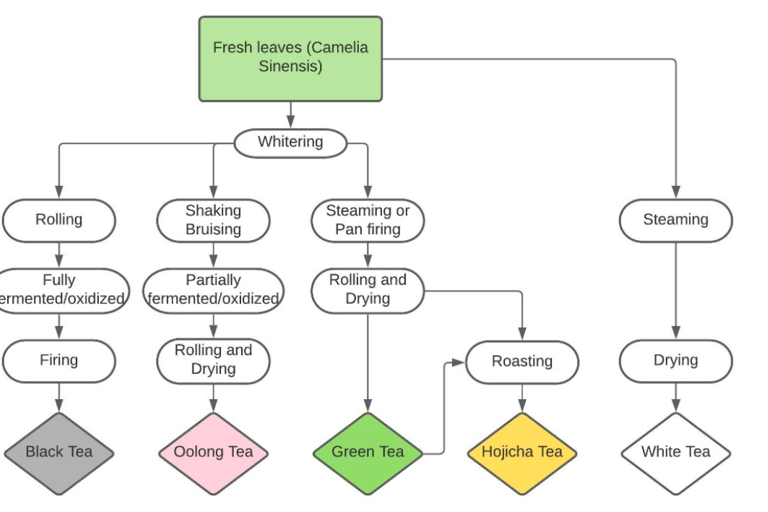

Figure source: Adapted from “Evaluation of Roasting Effect on Selected Green Tea Volatile Flavor Compound and Pyrazine Content by HS-SPME GC-MS”, Appl. Sci. 2021, 11, 8217. Licensed under CC BY 4.0.
Types of Hojicha Tea:
1. Bancha Hōjicha:
The most common type.
Made by roasting bancha tea leaves.
Suitable for daily consumption, mildly caffeinated with a distinct earthy taste.
Usually inexpensive and widely available.
2.Sencha Hōjicha:
Made with higher quality, first-harvest leaves (sencha).
Has a more refined, balanced, and slightly sweet aroma.
The roast profile can be lighter.
Rare and generally considered in the premium category.
3.Kuki Hōjicha (Stem Hōjicha):
Made from stems (kuki) — contains no or very few leaves.
Has lighter, woody, and nutty flavors.
Very low in caffeine, making it ideal for nighttime consumption.
Also recommended for children and the elderly.
4.Karigane Hōjicha:
Roasted stems of gyokuro or high-quality sencha.
Similar to kuki hōjicha but a more “high-end” version.
Contains sweetness and umami; rare and specially produced.
5.Powdered Hōjicha (Toz Hōjicha):
Finely ground roasted tea powder like matcha.
Most commonly used for making lattes.
Became popular especially outside of Japan with the Hōjicha Latte trend.
Has a distinct roasted flavor similar to coffee.
6.Deep Roast Hōjicha / Light Roast Hōjicha:
Categorized by degree of roasting:
Light roast: Retains more of the green tea character.
Deep roast: Has a stronger roasted, almost coffee-like aroma.
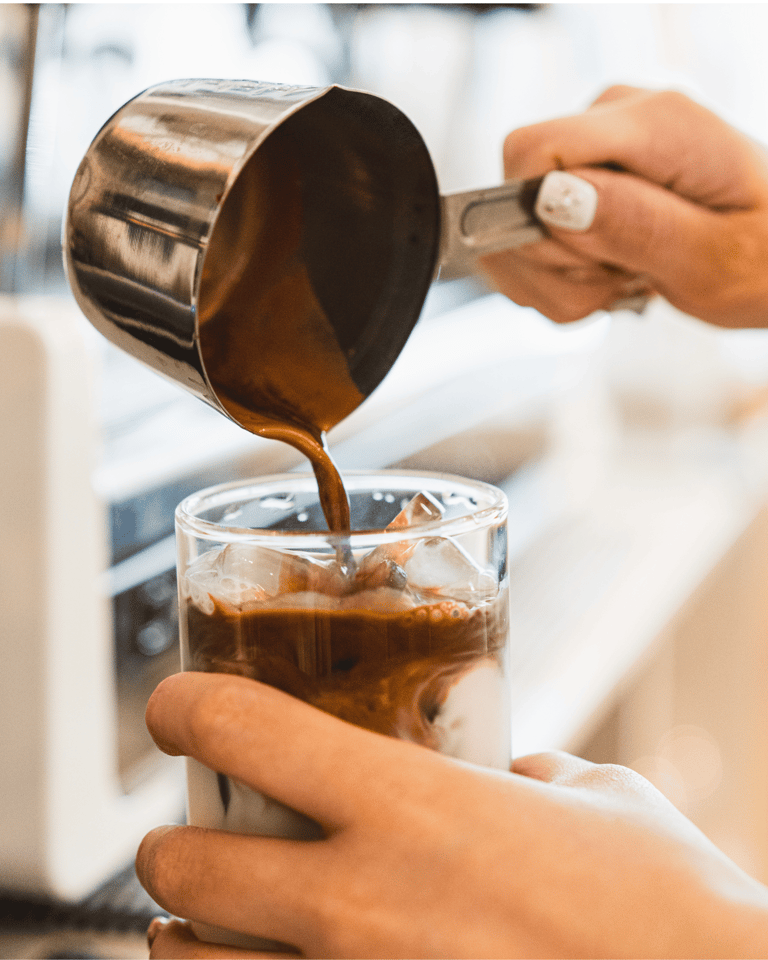



How Is Hojicha Tea Produced?
🌿 1. Harvesting – Fresh Leaf Harvesting
Leaves from the Camellia sinensis plant are picked by hand or machine.
Typically, bancha, sencha, or sometimes shade-grown leaves (karbancha) are used.
For Hōjicha specifically, lower-grade bancha or second/third flush leaves are most often preferred.
💨 2. Steaming – (殺青 – “Sassai”)
The harvested leaves are quickly steamed (about 30–60 seconds).
Purpose: To stop oxidation and preserve the vibrant color.
This is a step unique to Japanese green teas — unlike Chinese teas, which are pan-fired, Japanese teas are steamed.
🌬 3. Cooling & Drying
The steamed leaves are rapidly cooled.
Then they are dried in machines to remove moisture.
🤏 4. Rolling – (成形 – Seikei)
The leaves are shaped by rolling or pressing (not into needle shapes like sencha, but looser forms).
This step intensifies the tea’s flavor and helps distribute the inner moisture more evenly.
🔥 5. Roasting – (焙煎 – Hōjiru)
This is the step that makes Hōjicha unique.
The leaves and/or stems (kuki) are roasted at high temperatures (around 150–200°C) in a pan or oven.
During this process, the leaves brown and develop a roasted, nutty, and earthy aroma.
Roasting also reduces the caffeine content.
🌬 6. Cooling & Sorting
The roasted tea leaves are cooled.
Dust, stems, and unwanted fragments are sorted out.
Some producers classify the tea further by using only stems (kuki hōjicha) or fine leaves.
📦 7. Packaging
Once cooled and sorted, the tea is placed in vacuum-sealed, light-blocking packages to preserve aroma and freshness.
It is then boxed and prepared for shipment to the end consumer.
🔁 Optional: Blending Stage
Some producers blend different roasted batches to create a consistent aroma or quality standard.
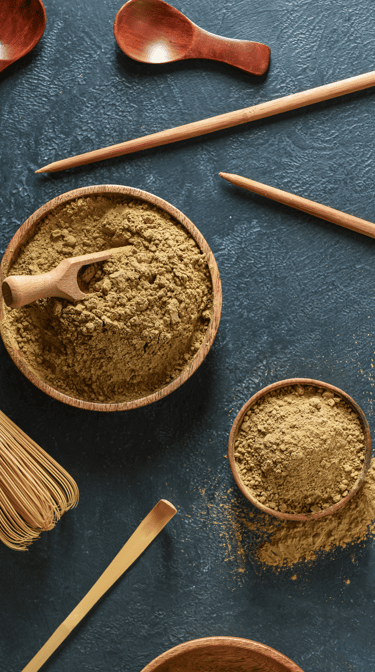





Why is tea roasted?
The sugars in roasted tea caramelize, bringing out different aromas.
The caffeine content decreases.
Roasted tea is easier for the body to digest.
The oxidase enzyme in the roasted tea becomes inactive, slowing oxidation. This means a longer shelf life.
What is the difference between Matcha and Hojicha?
If you want more detailed information about Matcha, you can click here to read my article about Matcha.
But briefly, we can summarize the differences as follows:
They use different types of leaves. The leaf varieties used for each are different.
Their processing methods differ. As mentioned above, Hojicha is steamed and roasted, whereas Matcha is steamed, dried, and then ground into powder with a stone mill.
Their colors are noticeably different. Matcha is vibrant green, while Hojicha is brown.
Their tastes are quite different. Matcha has a fresh, vegetal flavor, while Hojicha has a woody, roasted taste.
Their caffeine levels differ. Matcha is high in caffeine, whereas Hojicha is low in caffeine.
Their preparation methods vary. Matcha is whisked with water and then sweetened or combined with other drinks as desired. Hojicha is brewed like regular tea.
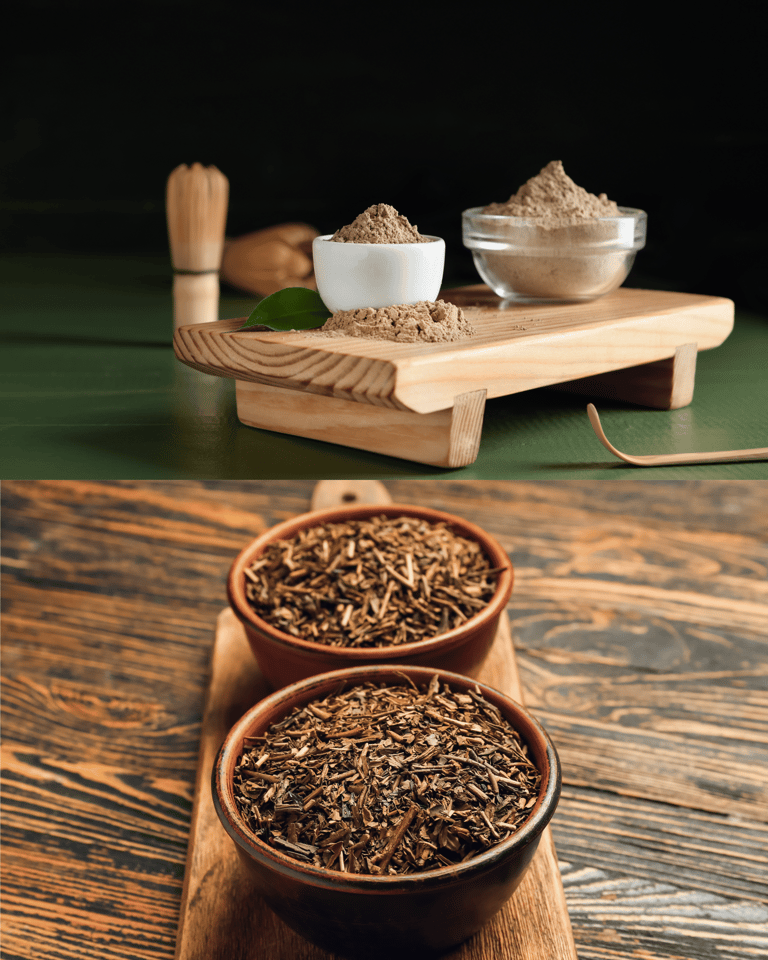



Green Tea's Place in China and Japan:
When we know the history of a food product and how it came to be, I think it's more enjoyable and trustworthy to consume. That's why I've explored the evolution of green tea's popularity step by step with you.
Are these people crazy? Why do they drink so many different kinds of green tea? Since they're not obsessed with green tea, what exactly is its place in their culture? It's worth exploring this a bit.
So, I started researching articles. I've compiled a summary based on the information I've read:
We can start simply like this. Wherever you look online, you'll read about the health benefits of green tea. And that's right. This ancient beverage has countless benefits, particularly for chronic diseases.
The catechins it contains are also found in the weight-loss version of Coca-Cola. You'll see that when you search online.
The popularity of a beverage consumed for nearly half a million years throughout human history isn't due to a desire for weight loss, of course.
Green tea, first cultivated in China and India, wasn't yet available in Japan at the time.
Furthermore, it was used for health purposes, not for pleasure as it is today. In fact, the story of green tea is based on a legend. It begins with the Chinese Emperor Shennong in 2737 BC. One day, while boiling water, a leaf from a tea tree fell into the water and he noticed the water's color changing. When he tasted it, he found it delicious and found it energizing. He then began to make and drink it voluntarily.
By the 8th century, steaming tea leaves was introduced to prevent oxidation.
So how did it reach Japan?
This is where Buddhists enter the story.
In short, Buddhists served as a bridge between Japan and China. While there were some interactions beforehand, the main figure who popularized green tea in Japanese culture was Monk Eisai. He brought tea seeds from China and planted them in various regions of his own country.
Later, in his own work, "Drink Tea and Prolong Life," he described the benefits of green tea. With Eisai's contribution, tea production became a significant area in Japan, particularly in certain regions. The Uji and Toganoo regions, in particular, began to gain importance. Later, between the 14th and 16th centuries, they began grinding the tea. Thus, the Matcha culture, a treasured tradition today, was born. Considering the Japanese's devotion to their culture, tea ceremonies, tea's own aesthetics, and rituals are inevitable.
Tea is highly praised in works like 'Drink Tea and Prolong Life'. It's even said to promote longevity. Considering its energy and health benefits, along with its delicious taste, it's easy to understand why it's so beloved today.
This culture, which began with a legend, was later crowned by Japanese Zen Monks and, over time, evolved into an ideology.
While green tea often brings to mind more popular culture products like Matcha, Hojicha is a powerful figure. While it hasn't yet become widespread and viral worldwide, it has a significant following. Hojicha Latte, in particular, is gaining popularity.


How did Hojicha come about?
We can play a role in classifying tea according to its industrial divisions. After the high-quality leaves are removed, older, lower-quality leaves remain. Producers don't want to throw these remaining parts away. They recycle them and sell them as tea. The remaining parts are the leftover parts of the tea known as Sencha. The resulting Hojicha tea goes through the production stages mentioned above. This is how Hojicha tea is created. In other words, a sustainable approach that prevents waste creates a distinct tea.
Over time, its popularity grows and becomes widespread for daily consumption. It has become a popular electronic product, especially in Japan, and its popularity is rapidly growing worldwide. There are seven such teas, especially in the United States.
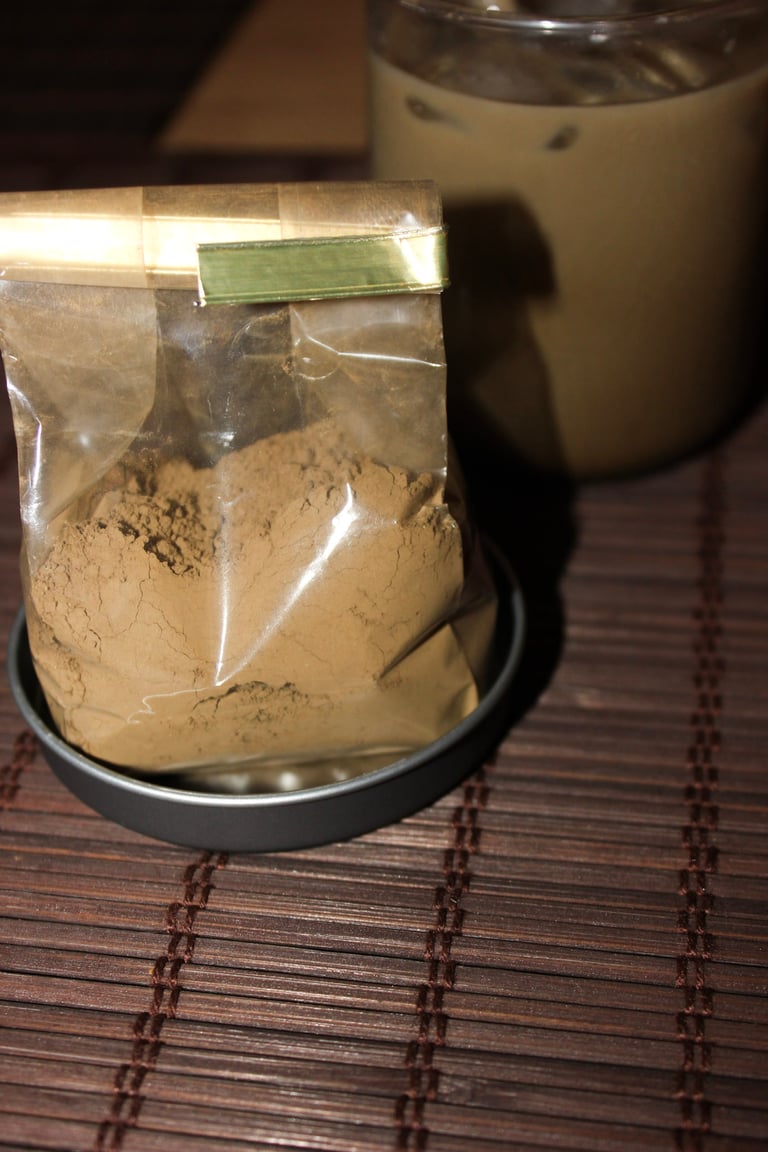

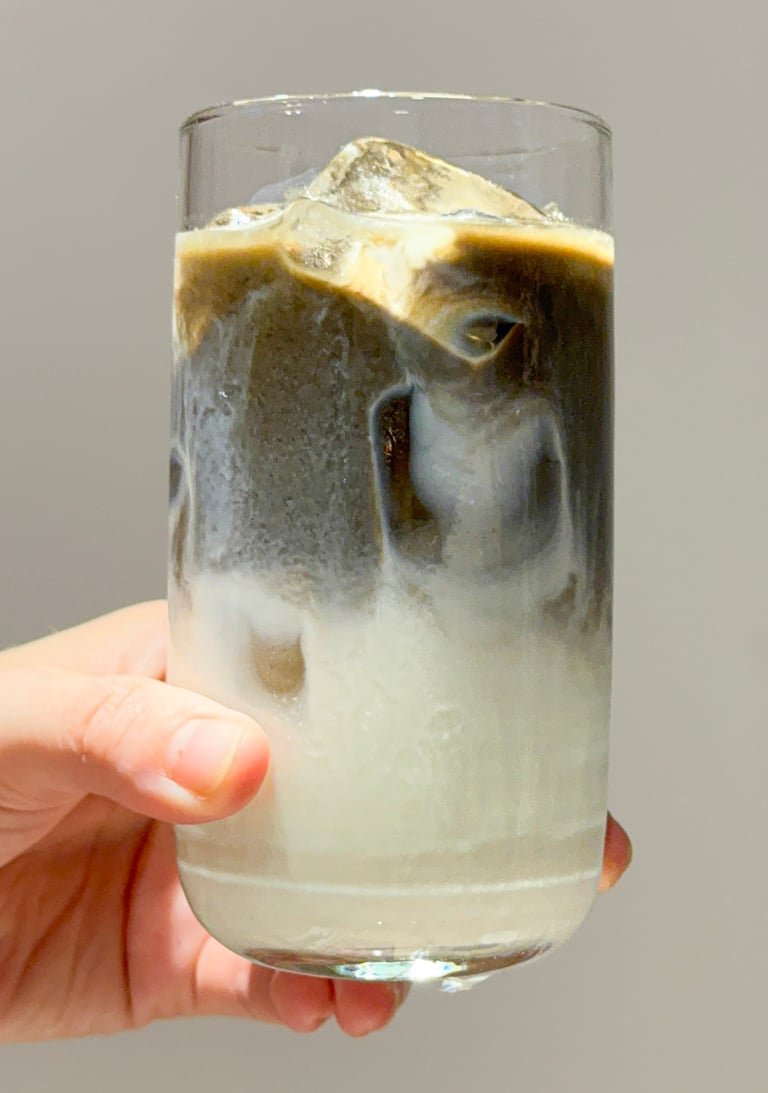

How Does It Taste?
It tastes exactly like roasted green tea. It has a strong aroma and smell. It didn't appeal to me. I didn't like the taste or smell. But not because it's bad. In fact, it's good, just not for me. The roasted aroma is overpowering. It has a woody, earthy flavor. If you're not a matcha fan, I don't think you'll like it. It has a richer flavor than matcha. But if you do like matcha, I'd say give it a try. You might want to give it a try, especially since it's less caffeinated than matcha.
Personally, I'm not a fan of matcha either. But if you enjoy trying different flavors, I'd say give it a try. I wanted to brew it as tea, but I couldn't find it. Since I could find it in powder form, I made it like matcha, mixed it with cold milk, and drank it as a Hojicha Latte. I can say it was much better than I expected.
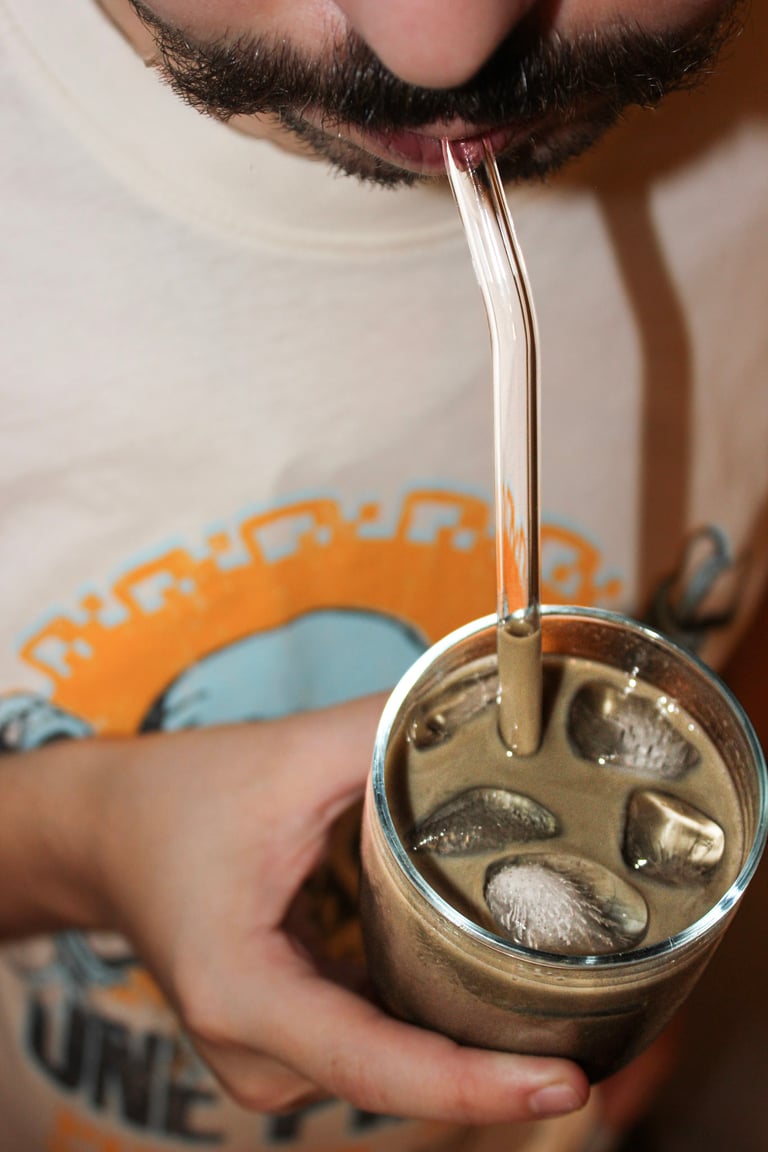

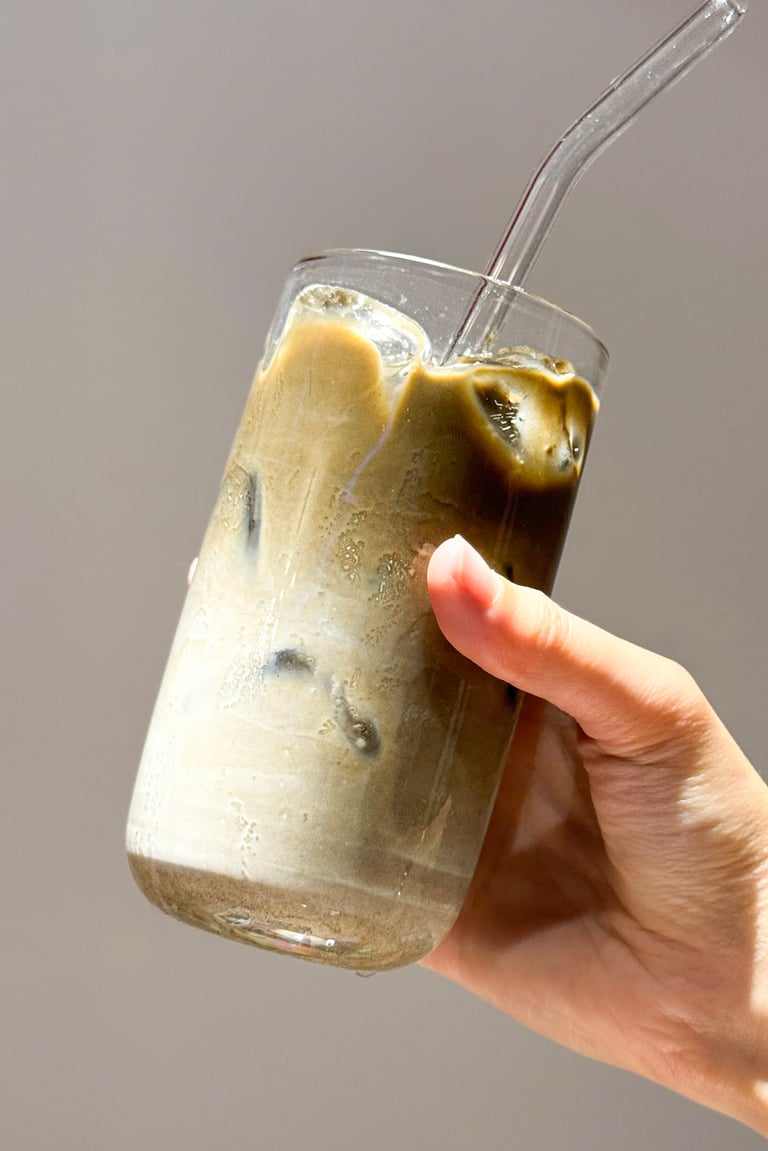

This post contains Amazon affiliate links. If you make a purchase through these links, I may earn a small commission — at no extra cost to you. Thanks for supporting the blog!
I hope you enjoyed my blog post. If you've tried it, don't forget to share your thoughts with us.
Do you like Hojicha? Do you drink it regularly? Do you prefer matcha or Hojicha?

References:
Eisai. (2013). Kissa Yōjōki: Drinking Tea for Health. (Original work published in 1211). Tokyo: Iwanami Shoten.
Heiss, M. L., & Heiss, R. J. (2007). The Story of Tea: A Cultural History and Drinking Guide. Berkeley, CA: Ten Speed Press.
Ryu, Y., & Kim, E. (2014). Roasting impact on green tea: flavor and antioxidant properties. Food Chemistry, 153, 400–406. https://doi.org/10.1016/j.foodchem.2013.12.077
Zhang, L., Ho, C.-T., & Wan, X. (2019). Green tea and tea processing chemistry: A review. Food Research International, 126, 108660. https://doi.org/10.1016/j.foodres.2019.108660
Yamamoto, T., Juneja, L. R., Chu, D. C., & Kim, M. (Eds.). (1997). and Applications of Green Tea. Boca Raton, FL: CRC Press.
Zhang, Y., Bai, X., & Wen, J. (2021). Evaluation of roasting effect on selected green tea volatile flavor compound and pyrazine content by HS-SPME GC-MS. Applied Sciences, 11(17), 8217. https://doi.org/10.3390/app11178217
Bellagamba, A. (2018). Green tea in the Sahel: The social history of an itinerant consumer good. Anthropology of Food, 2018(S12). https://doi.org/10.4000/aof.10217
Hojicha Co. (n.d.). Hojicha vs matcha: what is the difference between hojicha and matcha? Retrieved August 6, 2025, from https://hojicha.co/pages/hojicha-vs-matcha
byFood. (2022, January – estimated). All about Hojicha: Japan’s roasted green tea. Retrieved August 6, 2025, from https://www.byfood.com/blog/culture/all-about-hojicha
Tasty Tools
Explore kitchen tools, books and recipes.
Concact:
© 2025. All rights reserved.

